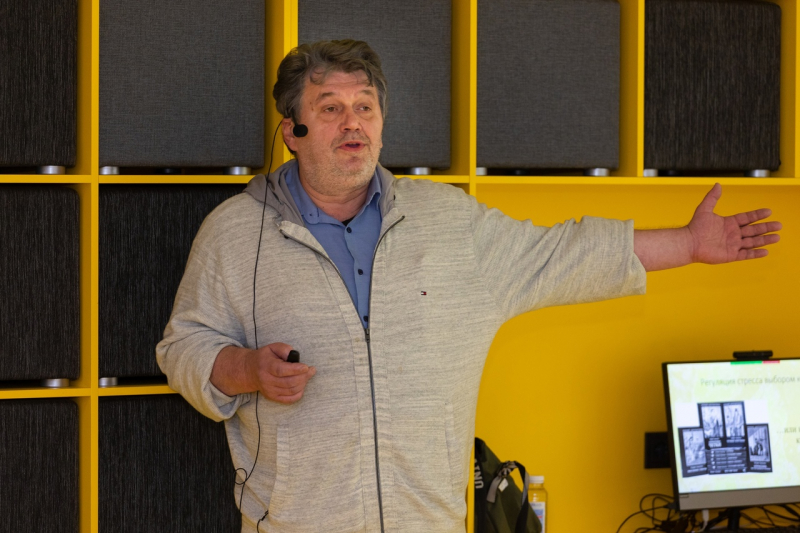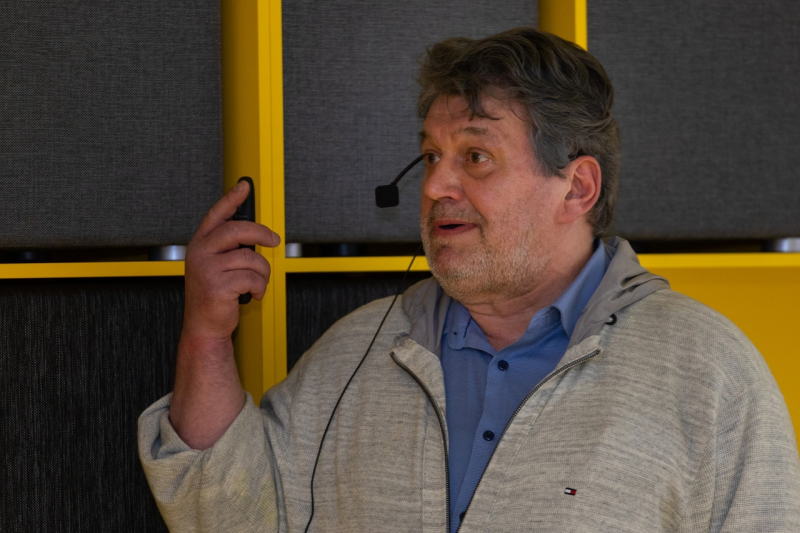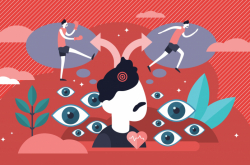What is stress and where it comes from
Biologically speaking, stress is a reaction to a new significant stimulus, to a situation that demands making decisions quickly. It’s basically an adaptive reaction of our bodies that is supposed to either solve the problem or adapt to the situation.
Animals experience stress if there is a direct threat to their life, for example, a predator’s attack. Humans, however, mostly stress over social stimuli. In difficult social situations, such as a conversation with one’s boss, we prepare to fight and shed blood, just like animals do. Blood vessels that supply our hearts and brains become constricted, blood clotting systems are activated, and blood pressure rises. In short, the body braces itself for blood loss. Of course, that’s not what actually happens, but due to the already-initiated physiological processes, there is an increased risk of thrombosis, stroke, heart attack, hypertensive crisis, etc. Many physiological reactions to stress are supposed to help us survive but actually cause harm, as there is no direct physical danger.
At the same time, moderate and short-term stress is good for us because all physiological systems work both ways: there is a contra to every pro. Some systems increase blood pressure and others decrease it. Stress always comes with anxiety, so when we experience it, our bodies activate mechanisms that lower anxiety and cause euphoria instead. That’s why people often look for new experiences, for minor stress.
Two types of behavior
People react to stressful situations using different strategies. The most obvious example is the difference between men’s and women’s reactions to stress. In general, women try to minimize the loss, whereas men try to maximize the profit. It makes sense: in nature, most male animals die fighting for leadership and the right to reproduce, whereas females are exceptionally valuable to their species as they are directly responsible for reproduction. Of course, this is only a general observation that doesn’t apply to all.

There are two more strategies: active resistance to stress (fight or flight) and passive, waiting behavior (hide or freeze). The first one is referred to as the type A strategy, and the second one – type B. Many experiments conducted on mice proved that preference of this or that strategy is an inborn trait with a high inheritance level. Scientists assume that there is such differentiation in people too, but this matter hasn’t been comprehensively studied yet.
It’s worth noting that if you force a type B rat to act, it will experience anxiety, whereas rats of type A suffer from depression when forced to wait instead of acting.
Chronic stress and depressive syndrome
Everybody knows that chronic stress is bad for your health. But where does it come from? It’s actually a consequence of uncontrolled stress that you can’t adapt to or get rid of. The most unpleasant thing is – you can’t figure out why it appears and predict the moment it will happen. Such pathogenic stress leads to the depressive syndrome, which is characterized by the suppression of all functions, both motor and cognitive.
There has been an intensive increase in cases of depression since the beginning of the 20th century. We don’t know exactly why it’s happening. It might be connected with the fact that modern society is focused on leaders – we are surrounded by the promotion of ambition and success. For many people, this is very tiresome. There are many courses on “personal growth” and the development of leadership qualities. But for people who tend to lean to type B, such courses might be traumatizing.
How do you not let your bad mood turn into depression? The relationship between bad mood and depression is similar to the one between casual drinking and alcoholism. If a person suffers from alcoholism, only a doctor can help them. If a person suffers from depression, only a psychiatrist or a psychotherapist can help them. Just like a casual drinker can fight their bad habit using their will and support of their close ones, thus preventing it from becoming an addiction, so can we improve our mood.
Displacement activity to fight depression
If a rat is exposed to painful sensations and can’t avoid being subjected to electric shock, it resorts to the so-called learned helplessness. That’s a model for the development of depression. If two rats are put into a box with a wall between them and a hole in that wall, they will fight, but won’t become depressed. The main conclusion from this experiment is that you should be able to switch focus from stress to something else – then you’ll be able to deal with it better.
Displacement activity isn’t something that can satisfy your current needs. Say something has caused stress. For example, you’ve got problems at work. You don’t know how to solve them, but you can shift your focus and do something else.

What are the most popular forms of displacement activity? Eating (as we know, many people eat more when stressed), obsessive cleaning, and aggression or hostility (for example, losing your temper in front of your close ones because something went wrong at work).
Given that people primarily stress because of social stimuli, displacement activities that might help compensate for the negative effects of stress have to do with creating additional communities, in which we can be successful. There are many examples, such as various hobbies, clubs, art, religion, sports, diets, and so on.
Scientists have discovered that video games help fight stress very well. During an experiment, subjects were separated into groups and were shown unpleasant images and revolting films. Then, one group of subjects played Tetris, another played Scrabble, and the third one didn’t do anything. As a result, the group that played Tetris forgot about the unpleasant images much faster than the other ones. It can probably be explained by the fact that when we play a game, especially an easy one, we are able to constantly improve our results, achieve growth and success, and this, in a way, compensates for failures in other spheres of life.

Stress prevention
There are simpler, more physiological methods to prevent stress. It’s a well-known fact that in order to calm down a child, you should rock them. The reason is that the stimulation of the vestibular apparatus is very beneficial for the nervous system. It doesn’t matter what you do: dancing, running, walking, swinging – all these things help improve your mood. The worst thing you can do is sit without movement and wait for your bad mood to go away.
Another source of positive emotions is risky behavior. This is typical not only for people, but for animals, too. For example, corvids often tease big predators, such as dogs. There is no biological explanation behind these actions – to them, it’s just a fun activity. People also have always had a soft spot for roller-coasters, carousels, slides, swings, etc. All these things stimulate the production of anxiolytic substances that decrease anxiety, as many experiments and research have shown.





